We can officially call it a boom – the nail art hashtag on Instagram has been used over 127 million times to date. As it so often goes with beauty, nail treatments and art – trends that largely originated in minority ethnic and working class communities (mostly in the US) – have made their way into the mainstream and developed into an industry currently valued at more than $12 billion (€10.7 billion) globally.
It’s only set to continue growing – by 3.5 per cent to 2028, according to Statista’s market forecast.
The past five years have seen the development of the “London Manicure” – a minimalist gel manicure characterised by perfect technique, usually a micro-French or flawlessly applied block colour (often a sheer nude), invisible cuticles (trimmed away to reveal more nail) and liberal incorporation of luxury skincare and fragrance.
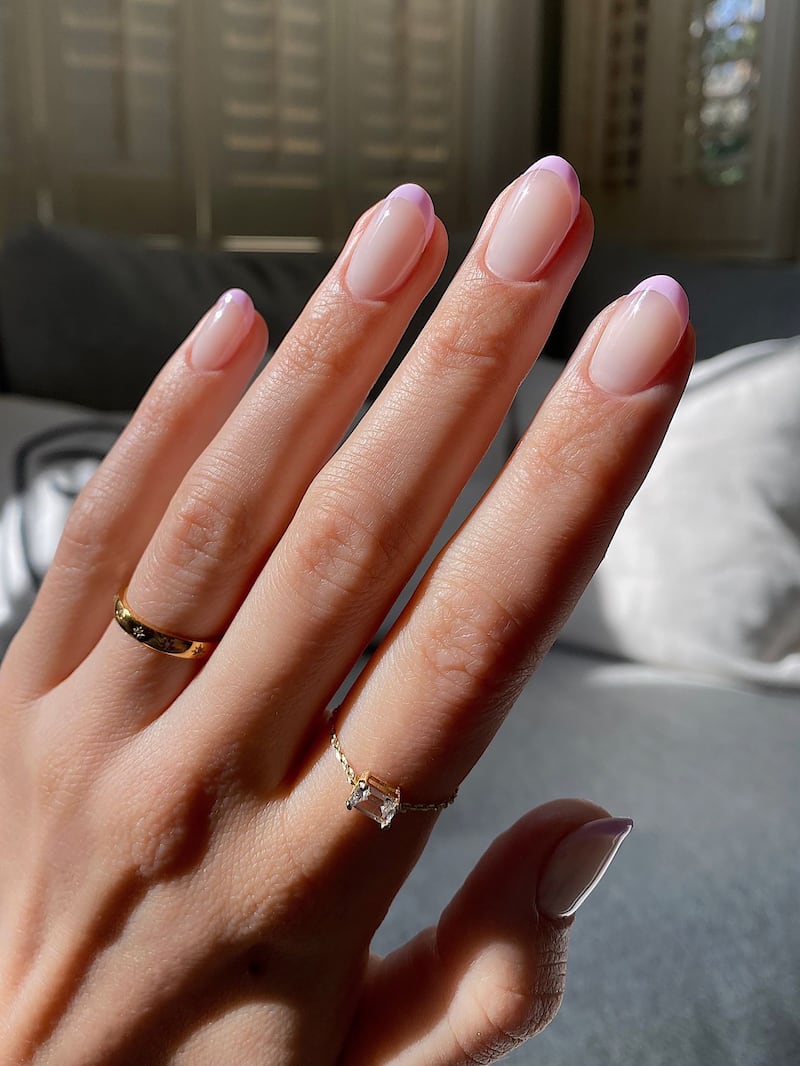
A particular nail aesthetic has become a status symbol for those in the know in beauty and, as a result, more Irish women are availing of professional nail services in-salon and doing their own gel nails at home, mostly with DIY gel kits.
READ MORE
I’ve been doing my own gel manicures for about five years – the type of base, colour and topcoat or builder gel which are cured beneath a UV/LED lamp, lasting for anything between two weeks and a month, and which must then be carefully removed with a combination of filing and soaking in acetone.
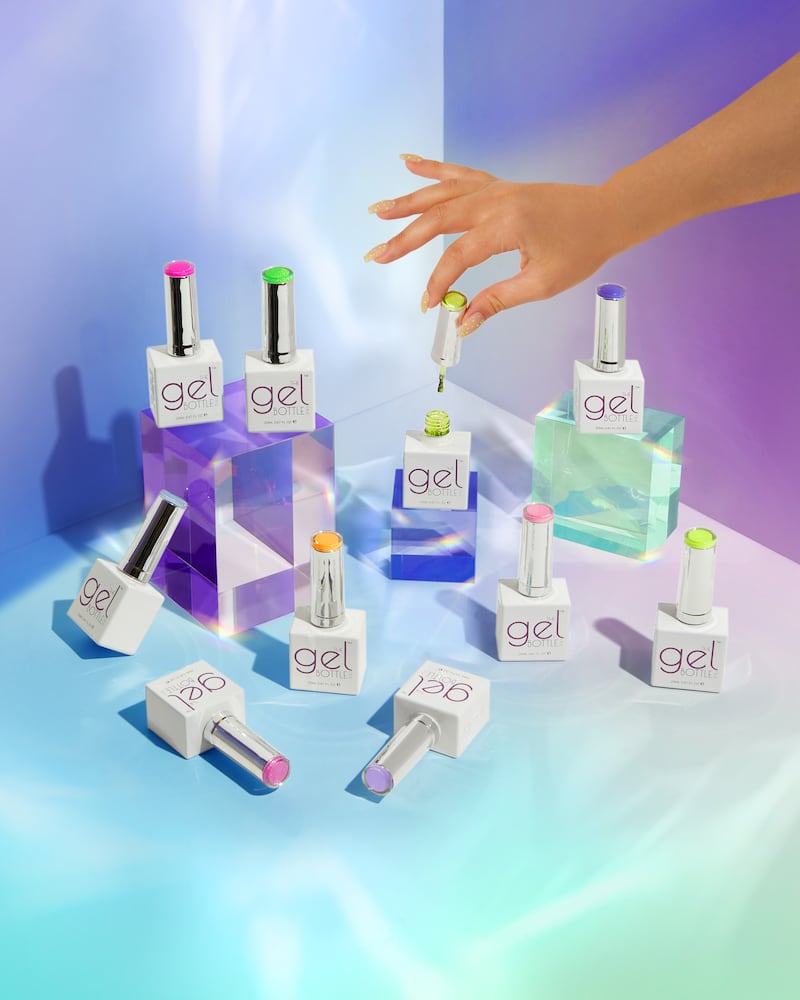
To learn more about the gap between amateurs like me and the professionals, I signed up for professional training days with two of the fastest-growing pro nail brands in Ireland.
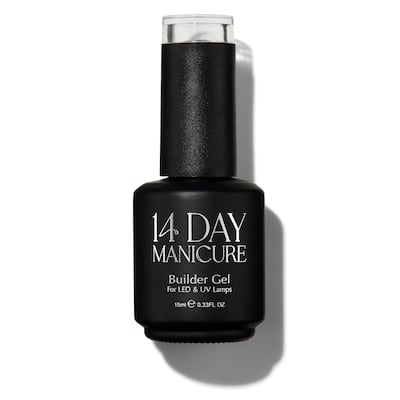
First was British brand The Gel Bottle, known for its wildly popular Builder in a Bottle, or BIAB (pronounced “Bee-ab”, as I learned). BIAB is a builder gel – a strong but flexible protective layer applied over the natural nail, which allows even breakage-prone nails to grow to impressive lengths.
The second was South African brand Bio Sculpture, which has been around for more than 30 years but is new to Ireland via Mink salons in Monkstown, Ballsbridge and Donnybrook. The brand is heavily associated with the London Manicure aesthetic, while The Gel Bottle is a newer brand, widely loved for its fun, trend-driven shades.
Professional nail techs often dislike people doing their own gel nails for obvious reasons – it’s bad for business – but, on the other hand, some scepticism is reasonable. Gel nail products need to be applied with an understanding of nail health and anatomy, using a precise technique. There’s a risk of harm with incorrect application and, crucially, they must know which nail lamp is compatible with the particular products being used, as well as for how long to cure them.
Each basic training course I did was completed in a single day and qualified me to undertake gel polish nail services on others (if I obtain the correct insurance and licences). The courses covered nail anatomy and health, treatment contraindications, hygiene and safety protocols, the brands’ product ranges and ingredients as well as how and on whom to use them, plus application and removal.
The Bio Sculpture course also taught me – very helpfully given that I had a minor tear in one nail at the time from an unfortunate onion-chopping incident – how to invisibly repair a nail tear using silk and apply builder over the top in order to protect the nail from further damage.
Both brands equip trainee nail technicians with the information they need to work safely and responsibly. Bio Sculpture insists on directly training and assessing every nail tech who uses their brand. Ultimately though, it’s only through client experience that nail technicians refine their craft and gain confidence – the training is largely theoretical with some (helpful but short) monitored practice. This is just for gel polish, which is a simple service in itself; nail extensions and other more complex treatments require further training. The Gel Bottle’s full basic nail tech course is a three-day one costing €518.
Allergies
Allergies are – slightly unfairly – a buzzword in nails at present. GP and clinical director of Dr Laura Clinic in Galway, Dr Laura Lenihan, gives context to the recent allergy scares around gel manicures. They do happen, she says, but they’re not more common with gel nail products than other commonly used beauty products, like hair dyes. Poor technique and inadequate information among nail DIYers can contribute to allergies, she says. “One of the biggest issues recently is at-home devices, or the incorrect device being used with the correct gel. Some UV lamps don’t work with every type of gel polish, and they must also have the correct wattage and wavelength in order to properly cure the gel, otherwise these chemicals can penetrate the nail bed and surrounding skin.”
According to Dr Ifeoma Ejikeme, medical consultant, skin expert and founder of London’s Adonia Medical Clinic, “allergic reactions to gel nail products, such as acrylates, methacrylates or photoinitiators can occur when an individual becomes sensitised to these chemicals… Symptoms of an allergy to gel nails can manifest as redness, itching, swelling and pain around the nail bed or the skin surrounding the nail. In more severe cases, the allergic reaction may lead to blistering, oozing or peeling of the skin.”
Allergies are not that common. According to a study by the British Association of Dermatologists in 2018, 2.4 per cent of people who use gel polishes could potentially be allergic, but repeated exposure of the skin around the nail to uncured and improperly cured gel increase the risk of a reaction. Using reputable products with an appropriate lamp and being able to apply the polish precisely without touching the skin are basic necessities for responsible use. “You can certainly read up on [lamp compatibility and ingredients],” Dr Lenihan advises, “but it can be confusing to work it all out.”
Claire Aggarwal, chief operating office at RE:NEW Beauty, which supplies Bio Sculpture products and training across the UK and Ireland, warns that buying professional products or gel kits online is no guarantee that the bottle actually contains that product. “We always advise using products that you know you can trust,” she says, “making sure these products are made in a safe factory environment and what is on the label is exactly what is in the bottle. Bio Sculpture products are made in their own factory in South Africa.”
The safety of UV lamps has also been a topic of conversation recently. According to Iffra Siddique and Giorgia Cappella, compliance director and training and education manager respectively at The Gel Bottle, “UV/LED nail lamps emit UVA rays, which have a shorter wavelength and are often associated with tanning and ageing effects on the skin. However, it’s important to note that the exposure to UVA rays during the curing process, when used with UV gel products, is generally minimal.”
Dr Lenihan says UVA exposure “has been shown to damage cells… we know now that it does also lead to DNA damage – thankfully data shows that the amount of radiation emitted [from UV lamps] is low, and we don’t have evidence that links them directly to the development of skin cancer.” However, she says it’s still wise to protect the hands and fingers as much as possible, using either a high-protection sunscreen or a pair of UV protective manicure gloves from a brand like Manisafe (€34 at manisafe.com).
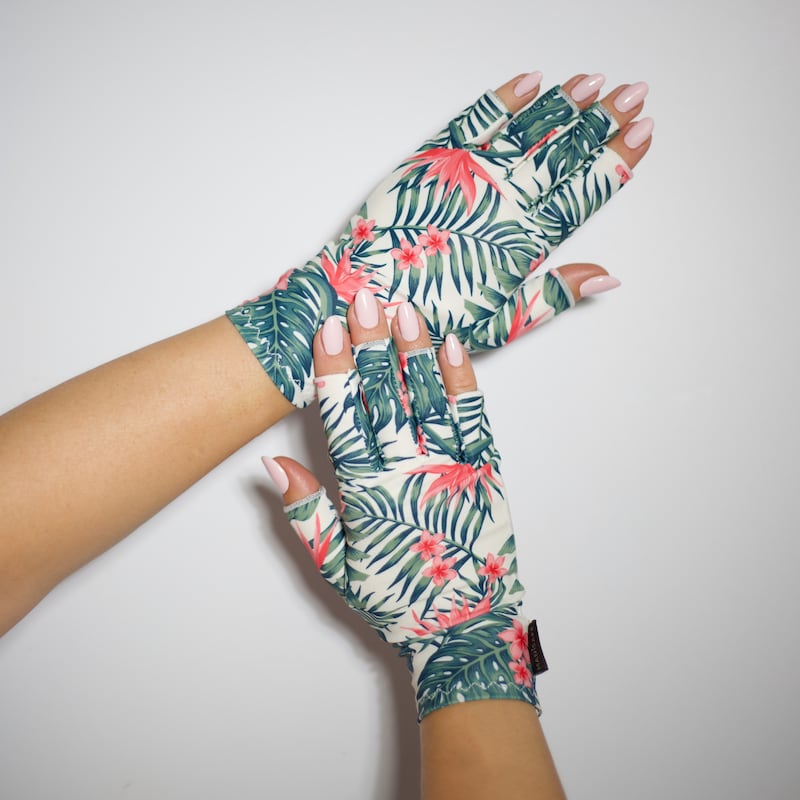
It is also advisable to reduce the frequency of gel manicures or opt for alternative nail treatments that do not involve UV exposure.
Does gel damage your nails?
The other oft-cited risk is nail damage, which is more often a feature of poor training and rushed removal with no thought to the health of the nail. The average nail plate (surface of the nail) is composed of about 50 layers of keratin – filing it aggressively or with gritty files is damaging. This is one of the red flags to look out for that may indicate a salon offering poor service. So is any aspect of your gel removal hurting, or a failure by the nail tech to examine your nails or ask about their condition before beginning the service.
You should feel comfortable to ask if your nail technician is insured for the service you’ve requested, and whether they’re specifically trained in the brand they are using. As with most beauty services, good products and a well-trained professional generally mean higher prices.

A Bio Sculpture manicure at Mink will set you back €65. Gel nail services priced very cheaply will not cover a technician or salon’s costs – materials from the gel itself to up-to-date training, hygiene products and tools, as well as insurance and travel costs if they’re mobile – so it’s wise to consider where corners are being cut.
The long and short of DIY gel nails
Are DIY gel nail kits safe? Yes, under the following conditions. First, you need to have the patience for the nail prep, application and removal processes – when you first start doing your own nails, this can take hours. Not everyone has that kind of time or interest. If you don’t, it’s best left to a professional, who will be much quicker. A rushed DIY job can lead to nail damage and allergies.
Second, to do your own nails, you’ll need to be able to paint the nails of your dominant hand with your non-dominant one. If you’re unconfident that your non-dominant hand is up to the job, avoid gel polish kits – too much uncured gel will get on to your skin. You can always practise your technique with a traditional nail polish until you’re confident that it’s developed enough to avoid repeatedly hitting the skin around the nail.
Third, procure a reputable gel kit from a reputable provider. Irish brand 14 Day Mani offers a Signature Gel Starter Kit which comes with a compatible lamp. Read the instructions carefully.
TRY
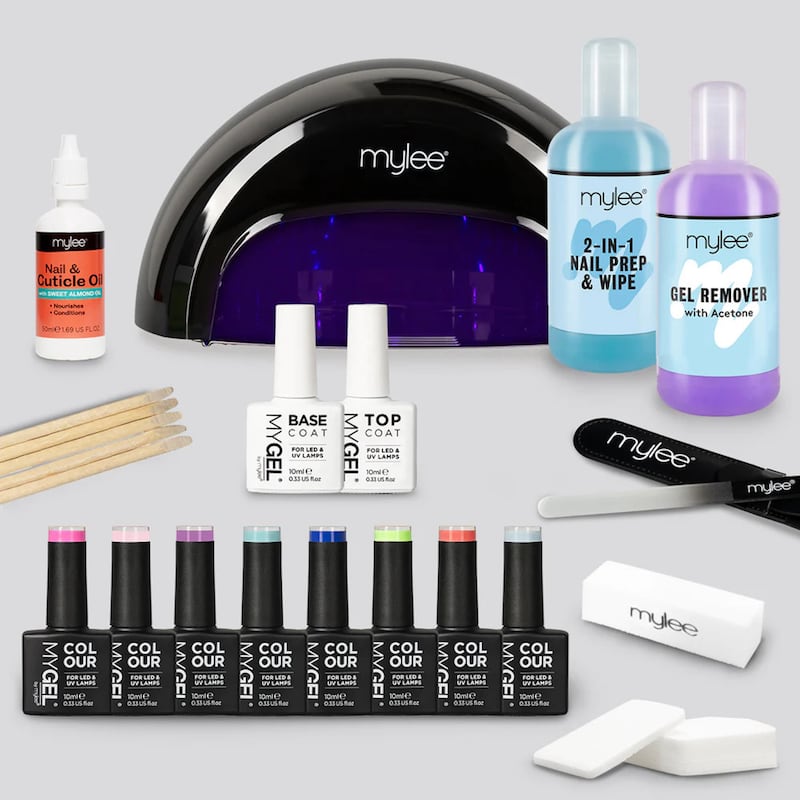
Mylee The Full Works Complete Gel Polish Kit (€157 at mylee.co.uk)
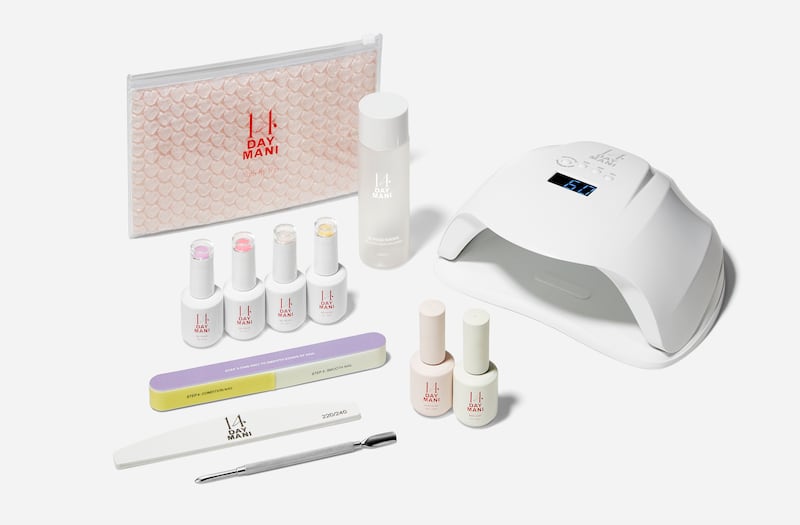
14 Day Mani Signature Gel Starter Kit (€89 at 14daymanicure.com)
















